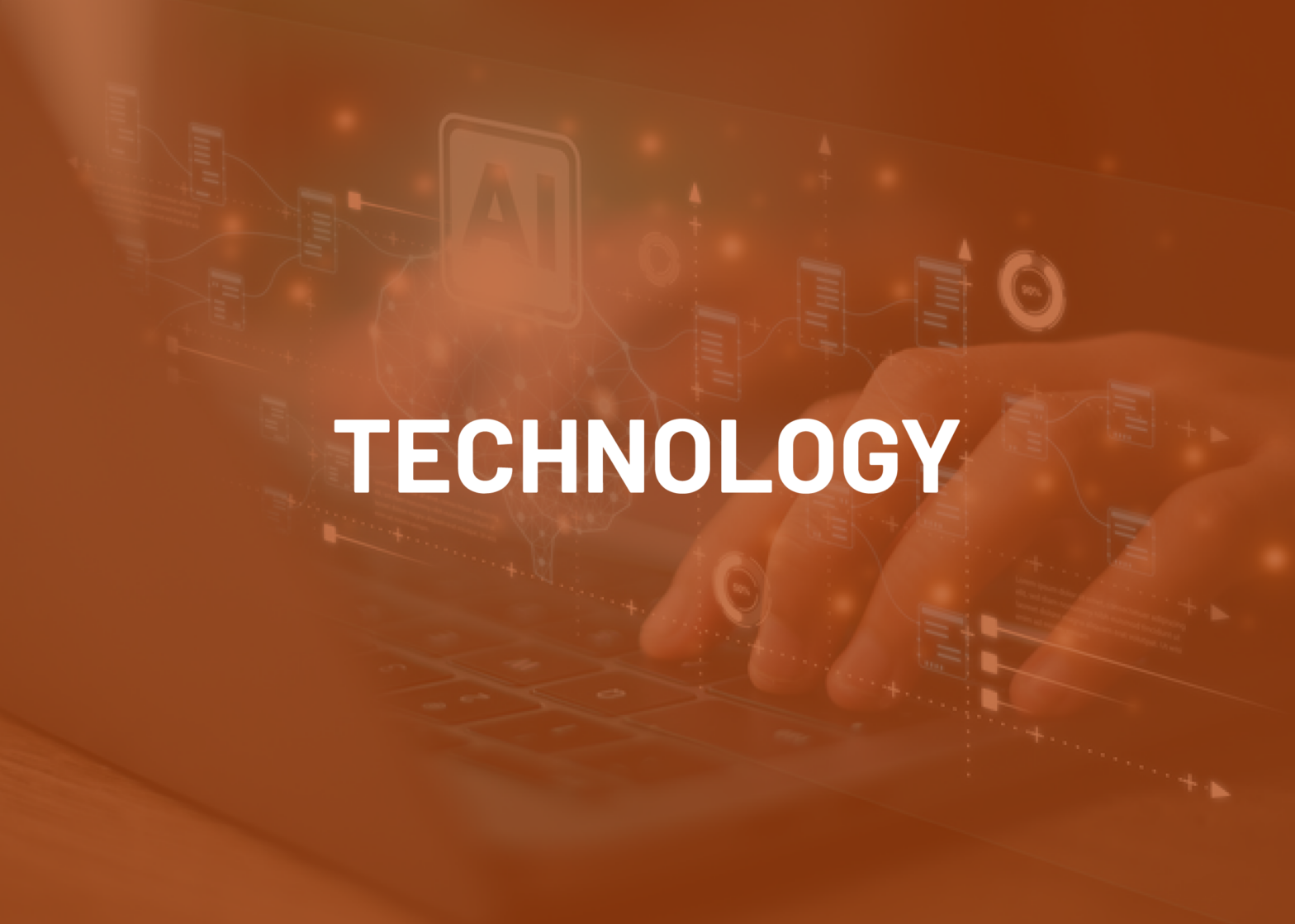AI Sets Sail: Early Waves in State Procurement Innovation
We are awash in AI. The tech industry has been sprinting to introduce AI-enabled features in all types of software and platforms. Smart devices are now even smarter with AI assistants. Companies have AI agents as points of contact for the public or to assist their frontline employees. The tools we use to manage, analyze, or create have all received the AI boost. Odds are, you interact with at least one AI-enabled piece of tech every day.[1] But it hasn’t permeated everywhere yet.
Government has a reputation for lagging behind and being slow to adopt new technologies, often waiting for the maturity phase of the product lifecycle. Typically, a technology must be well-worn, thoroughly tested, and viability-vetted within the private sector before such solutions make their way into bureaucratic processes. There are good reasons for this trepidation, primarily responsibilities and risks, as government functions and services are vital to the health and safety of their constituents, and much of the information they rely on is sensitive.
Industry observers, suppliers, and public servants continue to speculate on the plethora of potential applications of AI in the public and private sectors, including for procurement. Beyond the ad hoc use of generative AI for document drafting or communications, they’ve charted a course for the future that includes AI-powered negotiations and real-time supply chain management, sourcing and supplier management, and end-to-end contract management.
According to NASPO’s 2024 Survey of State Practices, approximately 15% of states have already incorporated an AI tool into their procurement or contract management processes.[2] Perhaps most state purchasing offices are not quite ready to set sail for the AI-powered office of the future, but as always, there are some early adopters out there testing the waters and making waves.
Michigan – Big Data Analysis
Michigan’s Central Procurement Services (CPS) was one of the first to explore AI capabilities for procurement processes. Starting in 2021, CPS implemented tools to automate price comparisons across proposals, generate solicitation change notices, perform spend analysis, and read/write standard forms. Eliminating manual tasks reduced user errors while boosting efficiency and improving sourcing projects. Although their early use of AI came via off-the-shelf software solutions, these capabilities were later incorporated into the in-house, custom-built MiProData contract lifecycle management tool in 2024, alongside other features that further automate previously manual tasks like data entry and provide real-time performance analysis and reporting.
To read more about their early testing of AI, check out their 2022 Cronin Awards submission
“Bringing A.I. and Automation to Public Procurement”, and to read more about MiProData, see “MiProData, YourProData, OurProData: Procurement Data Management That Drives Innovation” from 2024.
Indiana – Training Materials Development
Facing a compressed timeline, limited resources, and a project already delayed multiple times by competing priorities, the Department of Administration’s Technology and Operations (T&O) team turned to a generative AI solution to enhance its training development process. T&O, which oversees all functions of the state’s eProcurement system, designed and produced a computer-based, on-demand training on the functions and proper usage of a new travel and expense eProcurement module for multiple levels of authorized users. The AI production tools allowed them to cut the typical production time in half by using AI-generated voiceovers and editing assistance, which freed the team to concentrate on refining the instructional information. The project resulted in the on-time delivery of comprehensive training for thousands of personnel without impeding the team’s other important functions.
To read more about it in their own words, check out their 2024 Cronin Awards submission “Choosing Your Voice: Putting the ‘AI’ in Your Training.”
Massachusetts – Procurement Guidance and Review
Developed in partnership with Northeastern University, the Operational Services Division (OSD) implemented two AI-powered tools for procurement operations: the Assisted Buyer Engine (ABE) and OneL. ABE is an agentive-AI procurement assistant designed to provide immediate, consistent, policy-compliant guidance to procurement inquiries from procurement officials across agencies. Agencies can use ABE for consistent policy and legal guidance throughout the procurement process.
OneL is a large language model (LLM) agent that performs preliminary contract reviews to find conflicts between suppliers’ and the commonwealth’s terms and conditions. Originally focused on statewide and IT contracts, OneL “identifies conflicting language, flags ambiguous language, creates redlines, and suggests preferred language.”[3] Two pivotal components of these AI tools are their training inputs and location. ABE and OneL are trained specifically on the commonwealth’s laws, regulations, policies, manuals, and templates, meaning that the results produced meet legal obligations and administrative standards. They are hosted entirely within the commonwealth’s IT environment, eliminating the risk of external platforms, securing contracting data, and meeting requirements for data privacy and record retention.
Learn more about this 2025 Cronin Awards Gold winner in their submission “Smarter Service, Safer Contracts: Transforming State Procurement with Dual AI Agents”
Oklahoma – Agency Procurement Oversight
Charged with a new directive from the governor and needing to exponentially grow its auditing capacity, Oklahoma’s Office of Management and Enterprise Services (OMES) implemented an AI-powered process intelligence platform. Procurement CoPilot provides simultaneous monitoring and analysis of purchasing activities for over 100 state agencies, identifying procurement code compliance issues, form errors, price discrepancies, and other anomalies, and assisting purchasing agents with corrections. It creates a digital twin of the procurement data in their ERP system, which allows it to monitor contract usage and analyze spending patterns without interfering with or altering the state’s primary data environment. The platform has identified areas for contract consolidation, allowing OMES to leverage statewide buying power to renegotiate for better pricing and optimize strategic sourcing.[4]
You can read more about their transformational results in this article.
At the Federal Level:
Beyond these state efforts, the federal government is also pioneering AI solutions in procurement operations.
The U.S. General Services Administration has multiple AI procurement projects in motion. Earlier this year, GSA rolled out the GSAi chatbot for the Federal Acquisition Service and the Public Building Service. So far, GSAi answers regulatory compliance questions and assists with market research tasks, but it is currently being tested for everything from contract drafting to proposal evaluation and even amending procurement regulations.[5]
In August, the GSA released an RFI seeking industry input to create an AI-powered procurement system that consolidates and leverages procurement and purchasing data to enable automation of common purchases and boost procurement efficiency across agencies. This is the first step towards their goal of a “new single, end-to-end integrated, and highly-efficient procurement ecosystem.”[6] The end goal is a system where common procurements are automated, the procurement process is more efficient, and officials can effectively manage more contracts simultaneously. These AI initiatives fit alongside a OneGov strategy that aims to streamline the government’s procurement of AI tools and accelerate federal AI adoption.
To Learn More
- To learn more about AI’s potential impacts on state procurement, read the NASPO and NASCIO report AI-Powered Procurement: Harnessing AI’s Potential for More Efficient State Procurement Practices.
- For a broader view of AI’s presence in procurement across public, private, and non-profit sectors, check out this report from Art of Procurement.
- For an in-depth look at considerations for procuring AI for government use, see this report from the technology non-profits Taraaz and Collaborative Research Center for Resilience.
- To learn more about outstanding state procurement initiatives like some of those mentioned in this article, check out the George Cronin Awards for Procurement Excellence page for all submissions, past and present, including our 2025 winners.
[1] Ellyn Maese, “Americans Use AI in Everyday Products Without Realizing It,” Gallup, January 14, 2025, https://news.gallup.com/poll/654905/americans-everyday-products-without-realizing.aspx.
[2] National Association of State Procurement Officials, “2024 Survey of State Procurement Practices: Executive Summary,” NASPO, 2025, https://cdn.naspo.org/RI/2024SurveyofStatePracticesExecutiveSummary.pdf.
[3] https://naspo.app.box.com/file/1880666096476
[4] Ashley Silver, “Oklahoma Using AI to Simplify Procurement, Save Money,” Government Technology, February 6, 2025, https://www.govtech.com/artificial-intelligence/oklahoma-using-ai-to-simplify-procurement-save-money.
[5] Nick Wakeman, “Inside GSA’s AI strategy: Using the tech while learning how to buy it,” Washington Technology, May 20, 2025, https://www.washingtontechnology.com/contracts/2025/05/inside-gsas-ai-strategy-using-tech-while-learning-how-buy-it/405462/.
[6] United States General Services Administration, “Revolutionizing Federal Contracting: GSA Calls on Industry for Expertise,” GSA, August 18, 2025, https://www.gsa.gov/about-us/newsroom/news-releases/revolutionizing-federal-contracting-gsa-calls-on-industry-for-expertise-08182025.

